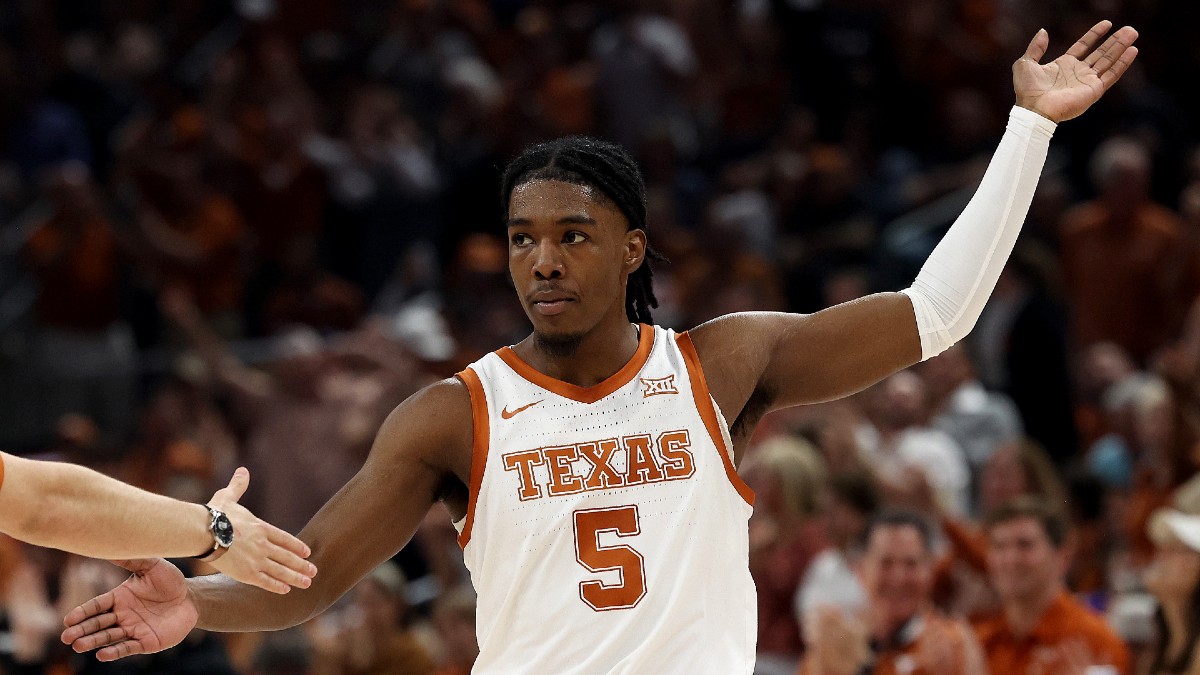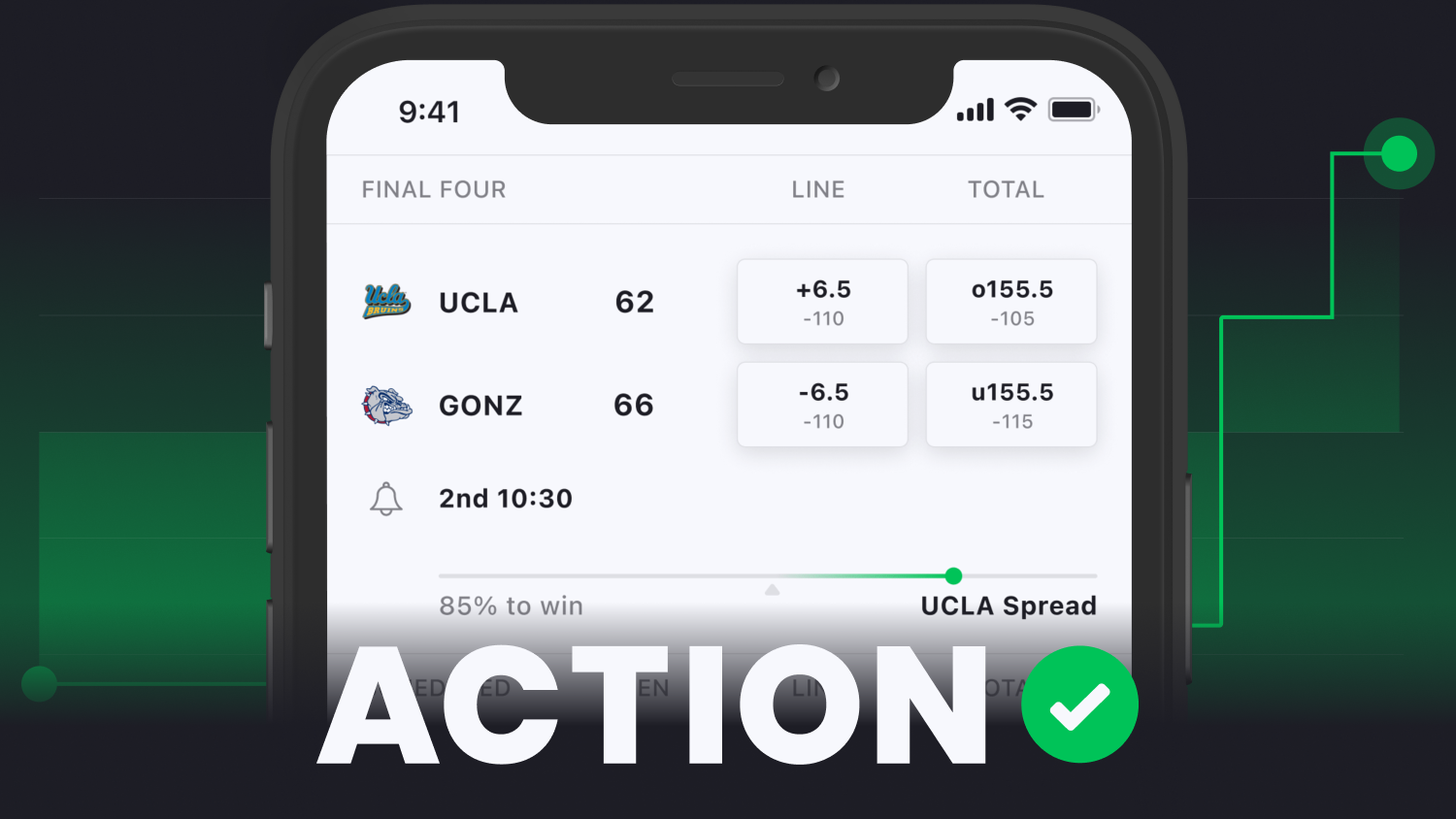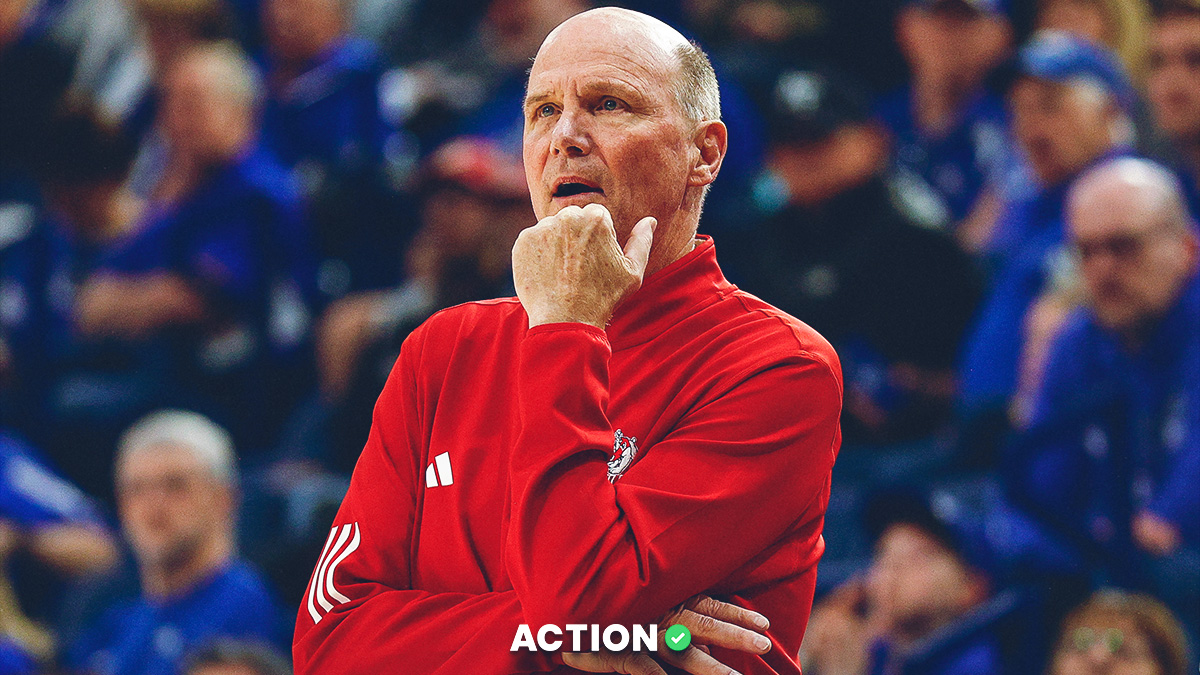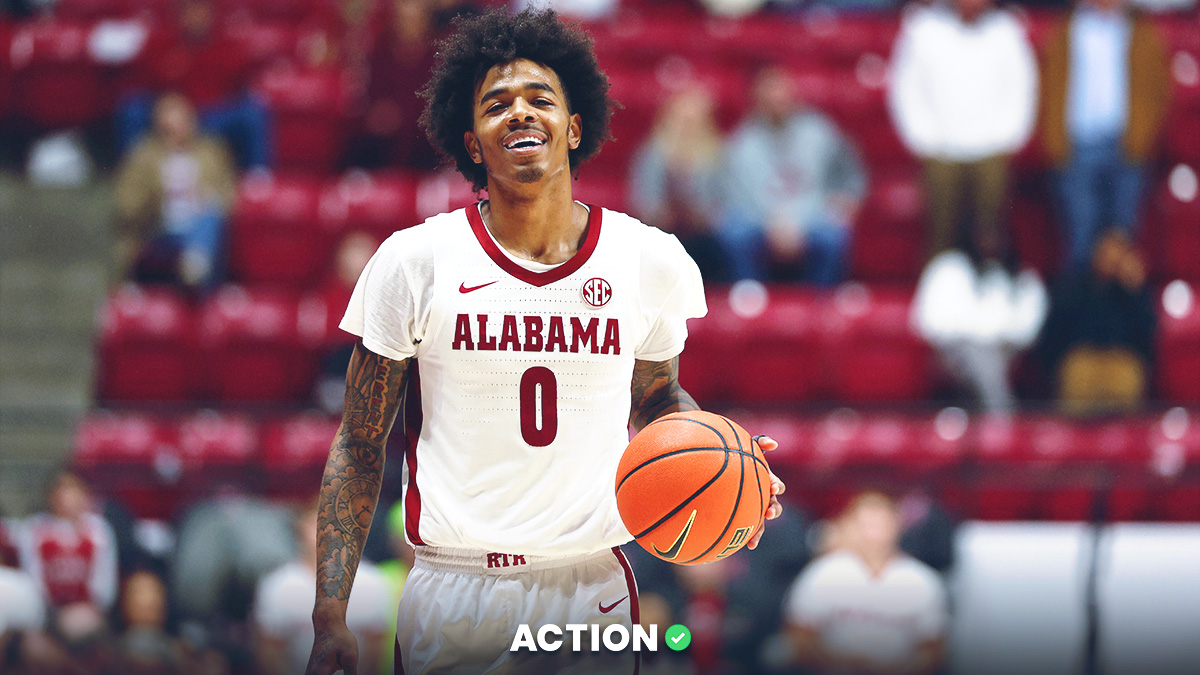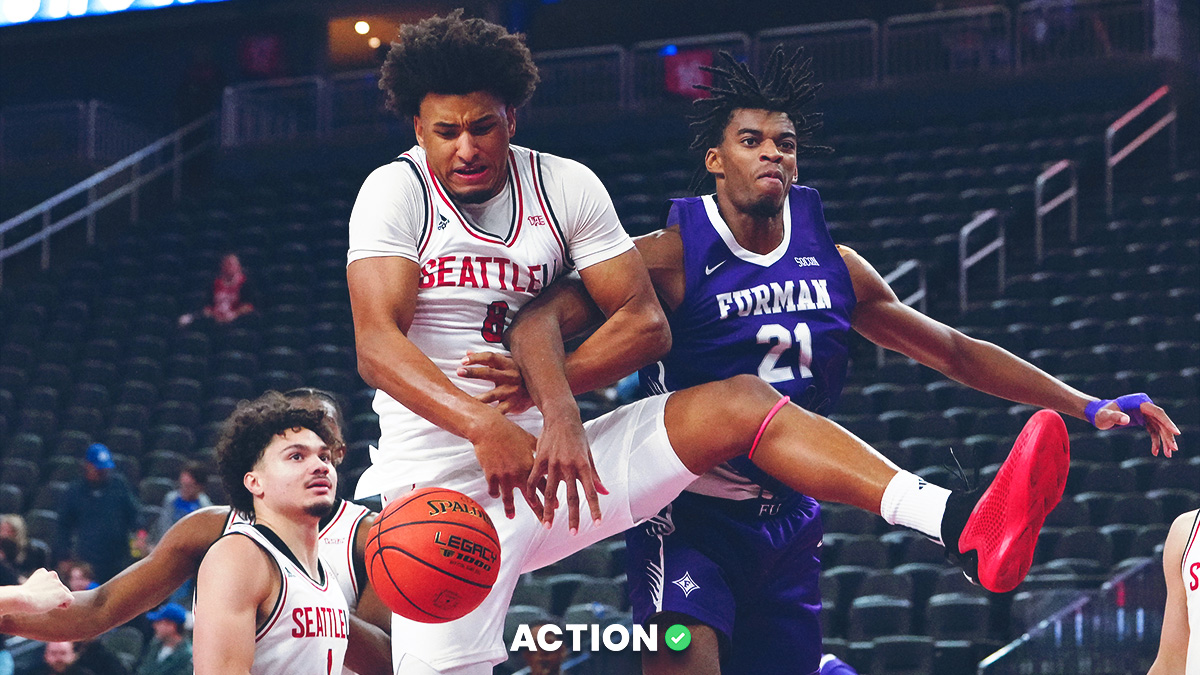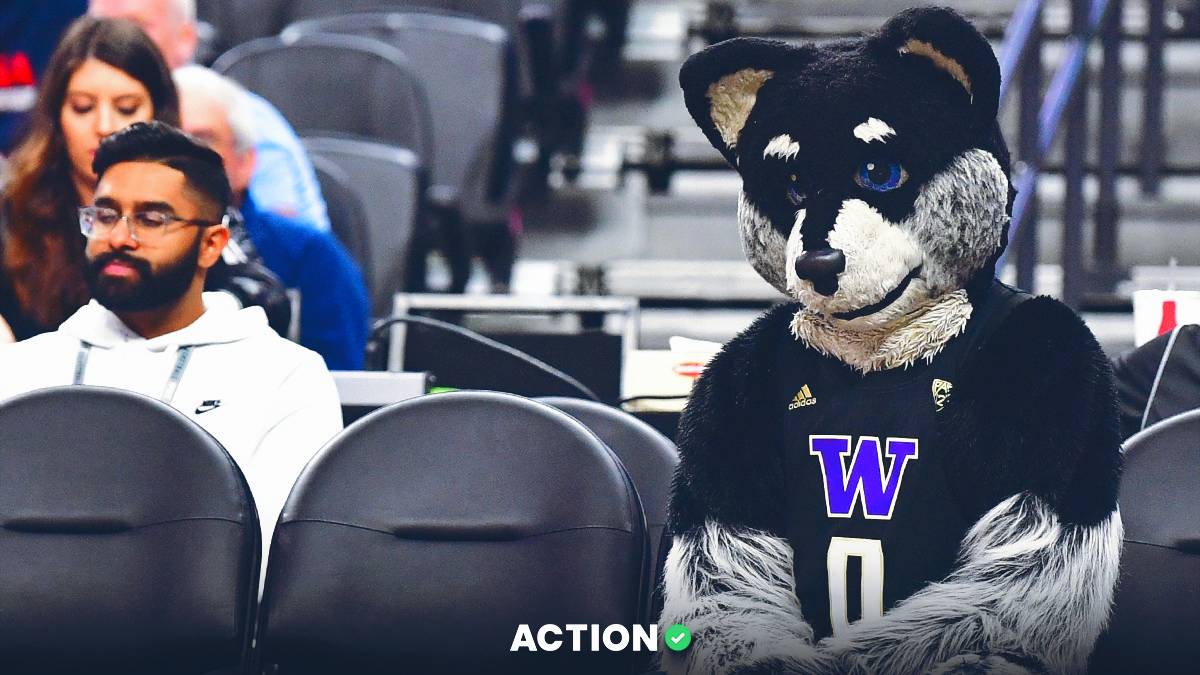My father loves to attend auctions for a number of different items. Whether it’s a 1965 Chevy Corvette Stingray or a house down the block, my old man loves to raise his paddle when dollars are being discussed.
While I appreciate classic cars, my auction juices flow on names such as Texas Southern or Yale. It could be March Madness or the Masters — no format of an auction is more popular than the Calcutta.
A Calcutta auction is an open bidding format on entries presented in a random order. For the purposes of March Madness, all 68 teams will be presented as the gallery bids to own the rights for a potential percentage of the total pot.
There are many strategies to employ in this kind of format, particularly when integrating the betting market into an auction. Once a group of peers has assembled, deciding on the payout structure is the next step.
- 0.5% — First Round (32 winners, 16% of pot total)
- 1.5% — Second Round (16 winners, 24% of pot total)
- 3% — Sweet 16 (8 winners, 24% of pot total)
- 4% — Elite Eight (4 winners, 16% of pot total)
- 5% — Final Four (2 winners, 10% of pot total)
- 10% — National Champion (1 winner, 10% of pot total)
With 68 teams ready to be called, there are a number of procedures to implement before and during the auction.
Before discussing teams to buy, sell and pump, we'll first look at a few strategies to maximize winnings during a Calcutta auction.
2023 NCAA Tournament Calcutta Tips
Bidding Based on Payout Structure
Get all of your Excel sheet skills ready, from VLOOKUP to SUMIF.
An investor participating in this type of auction must know the projected total pot to accurately calculate payouts at each level. Once a team is bought, the dollar amount should be recorded with a formula to extrapolate all other projected prices by seed.
For instance, an 8-9 seed should have near-even odds to advance to the Round of 32. Bids on a seed in this range should not exceed 0.5% with this payout structure. Similarly, a 2-seed is projected to make the Elite Eight, so a price point at 5% would fit.
Keeping the payout structure in mind is crucial, as a 16-seed has value if it goes at a percentage of the total pot that exceeds the moneyline value in the betting market.
Also, pay attention to breaks in the payout structure, as the biggest gap is where pricing is the most important. For example, our payout structure jumps from a 2% to a 5% payout for a team that wins the Round of 32 versus the Sweet 16. Paying a premium for teams expected to make the Elite Eight will be profitable. If the payout structure is heavier on early winners, putting extra on double-digit seeds is encouraged.
Fire Early, Fire Late
After participating in dozens of Calcuttas over the past decade, the first No. 1 seed to go off the board is always the cheapest. Securing a team early sets the tone for the remainder of the bids. If the initial 4-seed is bought at $263, the best bet is that the remaining four seeds will see bidding above the initial buy.
The strategy of buying early to set the market can afford an auction participant a nap through the middle before sweeping the late teams. Always handicap your fellow competitors, as some may have budget limitations, or conversely, an infinite amount of funds to buy every team.
If another participant has made it clear they have a blank check, look to grab teams early in the cheap stage.
Another window of opportunity comes at the end of the auction with only a dozen teams on the board. General auction fatigue and budget constraints could limit the dollar size on team bids.
Power of the Pump
The most fun part of a Calcutta is driving up the price on your fellow participants.
There's generally no reason to pump the first dozen teams that are randomly called for auction. Using the "Fire Early" strategy along with the payout structure strategy, the time to pump in an auction comes after securing a small number of teams at the beginning. With price points in place to calculate the projected pot size and price per team, look to pump from the 15th team to the 45th team.
The best people to pump are fans and alumni of certain teams. My personal Calcutta auctions always have a bump on the Arkansas Razorbacks, as peers look to goat me into buying a university where my name is engraved on the sidewalk.
Sticking to projected price points, I'm more than happy to bid on the Razorbacks before the stock becomes oversold and only attainable in the betting market.
Marquette and Texas won their respective conference tournaments, making each team a target to pump during the live auction. Since 2010, the Power Six tournament champions, including the Big East, average 2.2 wins in the tournament. Only five teams in the sample of 72 conference tournament champions have won the national title, with three of those teams from the Big East.
The timing of a pump is best when two other investors are going head-to-head for the same team. Consistently smashing the auto-bid button can send potential investors into a frenzy for the hot team.
If there's no interest in a team, pump the bid until one of the bidders starts to slow. With every passing dollar going into other teams, the value of an acquired portfolio will rise.
With these tips in hand, there's nothing to stop a smart investor during a Calcutta auction. Armed with price point strategy, timing and the ambition to run through the budget of others, let’s take a look at a few teams to buy, sell or pump.

Buy: Big 12
The narrative from the talking heads of college basketball is that the Big 12 is the best conference. That's true in a number of categories, from the strength of the power teams to the high floor of the Big 12 teams that aren't even dancing.
Texas, Kansas, TCU and Baylor are 17-0 in Quad 2 games this year, a reminder that blindly bidding on a Big 12 team should be priced at a Sweet 16 target for a minimum.
The Big 12 is excellent in a few areas that will dominate most other conferences, ranking top-10 in offensive rebounding, steal percentage and free-throw rate.
The most unsung statistic in college basketball wagering is the ability to get to the line and hit free throws. The Big 12 not only does this well, but it ranks as one of the best in cleaning the glass on misses.
The hottest team in the conference just earned the tournament championship. Texas' 10-game moving average in opponent points per possession shows that it's the hottest defense in the nation, per BartTorvik.
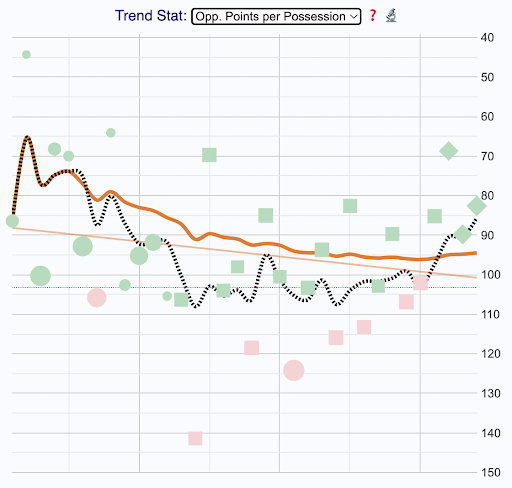 |

Sell: Mountain West
The Mountain West Conference has not recorded a victory in the NCAA Tournament since 2018. That's eight consecutive losses predating the pandemic, suggesting this mid-major conference has work to do on the national stage.
There may be more of the same for the Mountain West in this year's March Madness.
San Diego State has one of the higher marks in terms of luck, per KenPom, to go along with a 5-5 record in Quad 1 games. The picture becomes grim for Utah State and Boise State with a combined 5-10 record in Quad 1 games.
None of the eligible Mountain West teams this season prefer to play with tempo or excels in transition. The conference's style of play could be what has hurt its teams since before the pandemic. The Mountain West is 27th or worse from a conference ranking perspective in tempo, offensive rebounding and steal rate.
While my personal strategy is to pump teams just short of the projected price point, the Mountain West is a complete sell in this year's Calcutta auctions.

Pump: Big Ten
The Big Ten's results over the past two tournaments have been lukewarm at best. The conference has gone 17-18 over the past 24 months, and the last two tournament champions have been duds in the Big Dance. Illinois won a single game two years ago before Iowa was bounced in the first round last year.
Purdue is the 1-seed that will draw the most attention during the auction. With two losses to Indiana, there's a blueprint for how to attack the Boilermakers. Teams will send as many big bodies as possible to limit Wooden Award frontrunner Zach Edey.
Ohio State's run through the Big Ten Tournament is proof enough that these teams are ripe for another vanilla performance. The goal in this season's Calcutta is to pump any Big Ten team priced over 1% of the total pot.


